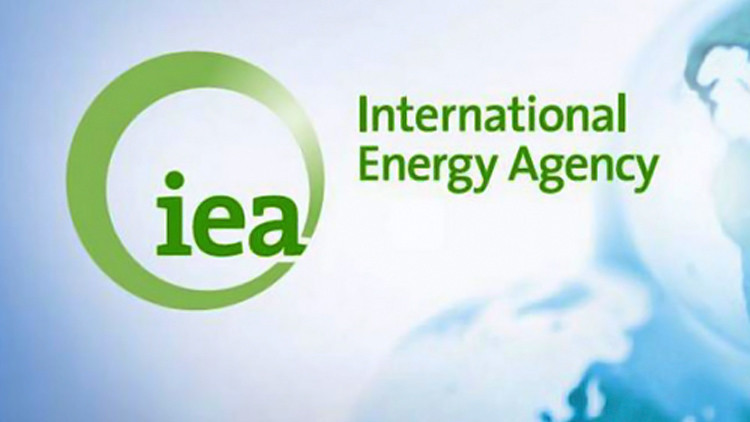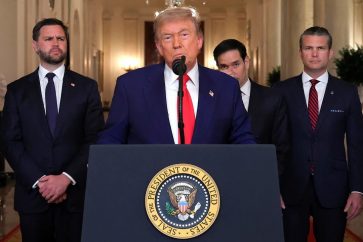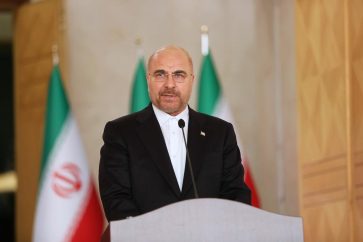Europe’s efforts to diversify suppliers will not be enough to get it through winter without Russian gas, the head of the International Energy Agency warned Monday (18 July), urging immediate efforts to cut demand.
The comments by the IEA’s director Fatih Birol came as European Commission President Ursula von der Leyen signed an energy deal in Baku, under which deliveries of Azerbaijani gas will double over the next few years.
But Birol said in an article published by the IEA: “It is categorically not enough to just rely on gas from non-Russian sources — these supplies are simply not available in the volumes required to substitute for missing deliveries from Russia.
“This will be the case even if gas supplies from Norway and Azerbaijan flow at maximum capacity, if deliveries from North Africa stay close to last year’s levels, if domestic gas production in Europe continues to follow recent trends, and if inflows of LNG increase at a similar record rate as they did in the first half of this year,” he added.
Europe is also waiting to see this week if Russia resumes gas shipments via Gazprom’s key Nord Stream 1 pipeline, on which 10 days of scheduled maintenance will soon be completed.
It has been seeking to import more liquefied natural gas (LNG) to replace some Russian gas, but it has a limited number of terminals to offload it from tankers and supplies are also limited.
While the EU has not put Russian natural gas under sanctions over Moscow’s invasion of Ukraine, it has sought to cut imports so as to reduce its dependence on Moscow.
Russia has already cited various reasons for cutting energy supplies to the west.
European nations now want to see it resumes gas shipments via the Nord Stream 1 pipeline on Thursday, when compressor maintenance is due end.
“Europe is now forced to operate in a constant state of uncertainty over Russian gas supplies, and we can’t rule out a complete cut-off,” said Birol.
The head of the IEA, which advises industrialized nations on energy policy, called “Russia’s latest moves to squeeze natural gas flows to Europe … a red alert for the European Union”.
According to an IEA analysis, EU nations need to fill their reserves to 90% within the next few months to put themselves to be able to get through the winter without shortages.
Even if Nord Stream comes back online and delivers normal volumes for the next several months, the IEA estimates an addition 12 billion cubic metres of gas would need to be saved and stored — the equivalent of 130 LNG tanker shipments.
“Achieving that 90-percent storage level is still possible, but Europe needs to act now and make every remaining day count,” said Birol.
“I’m particularly concerned about the months ahead,” he added.
The IEA recommends shifting the production of electricity from natural gas to other fuels where possible, while reducing air conditioning in buildings to reduce electricity demand.
Source: Websites




